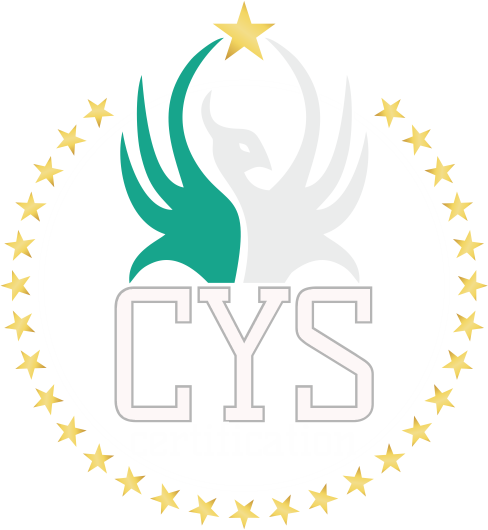ISO (International Organization for Standardization), consisting of the abbreviated English initials of the International Standards Organization, was established on February 23, 1947 with the participation of national standard organizations from ISO 135 countries in order to ensure international standardization and create international standards, and is currently managed with the participation of over 179 members. Founded in 1947, the City of Geneva, Switzerland, is the headquarters of this organisation.
ISO continues its activities in order to increase international trade and trade volume, and to build trust between supplier-business and customer. ISO Certificate; It is a document that proves that the enterprises operating in different sectors of the service area provide services in accordance with a certain standard and that they have competence in their fields. The organization published its first standard in 1987 and since then it has continued to publish ever-evolving and diversifying standards.
ISO Certificate is the general name of the quality management system standards created by the international standards organization ISO and applicable to every business. While the enterprise that requests to have a certificate is first subjected to adequacy analysis before an accredited institution, the enterprise that makes a conformity analysis after the adequacy analysis is certified with a quality management system certificate. There are various technical committees within the International Standards Organization. These committees create standards according to their specializations. The function of the technical committees is followed up by the Technical Committees Executive Board. The Standard Institutes, which are the representatives of the countries, assume duties in these committees. The Standard Institutes, which are the representatives of the countries, have the right to give certificates by obtaining full member status at ISO in terms of their work.
Basically ISO Certificate;
- Establishing harmonization within the nationally established standards
- Preparation of common standards with the approval of the parties that are parties
- Sharing the information produced through the committees
- Making business partnerships with different international organizations
- To prepare the basis for the preparation of different or new standards
- It aims to contribute to the global exchange of products and services and to facilitate the trade of products and services.
